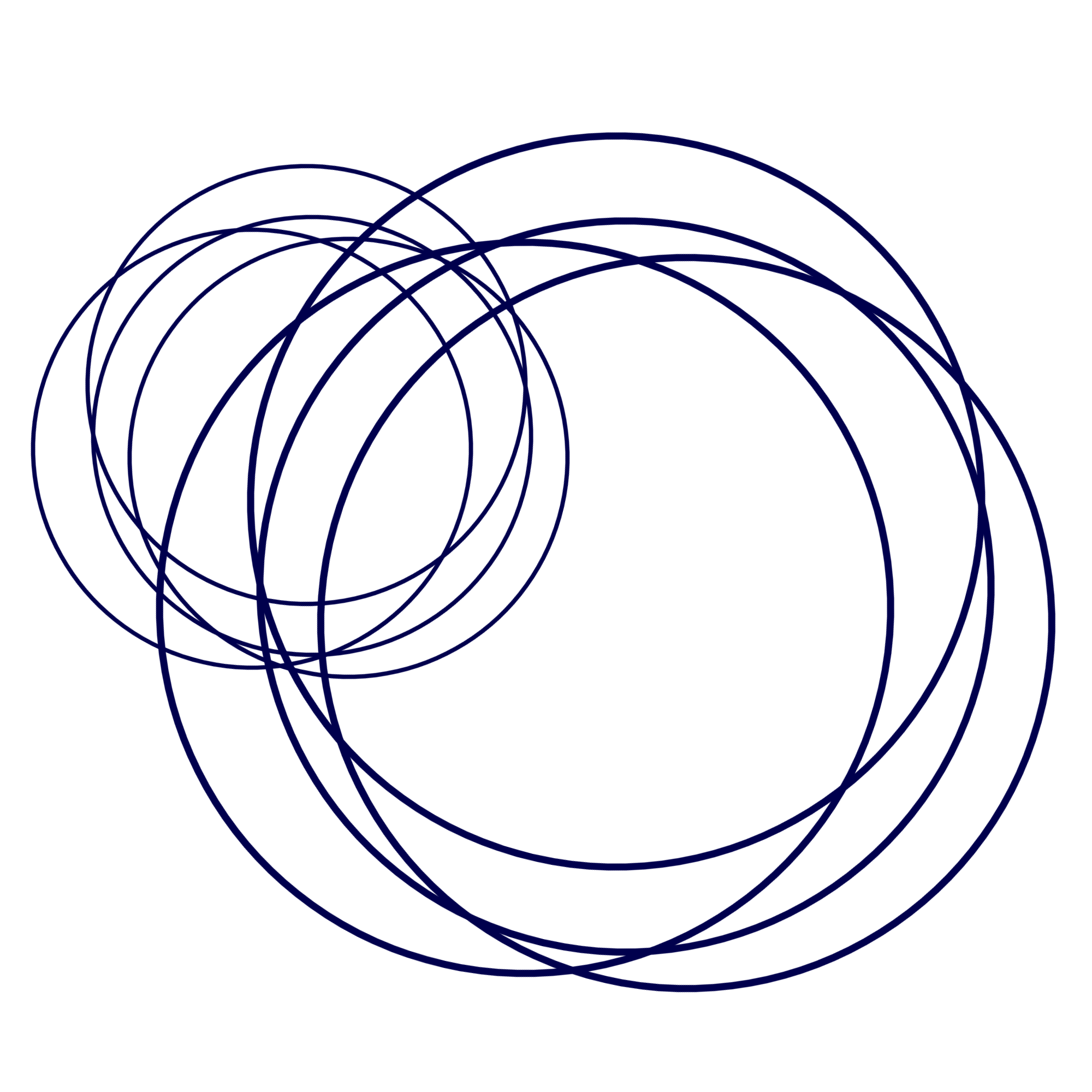Creation Date
1766
Height
39.5
Width
68
Medium
Genre
Description
Veduta della fonte e delle Spelonche d’Egeria fuor della porta Capena or di San SebastianoIn this view, Piranesi depicts the sacred fountain grotto associated with Egeria, the water nymph who was thought to have advised Numa Pompilius, the second king of Rome. For subsequent generations of artists and writers, the grotto represented the return to a natural state after neglect and decay overpowered the effects of man and art that Juvenal had originally lamented: Lord Byron, for example, praises the overgrown spot “Whose green, wild margin now no more erase / Art’s works” (Childe Harold’s Pilgrimage, Canto iv, ll. 1040-1041).
This image vividly enacts the allure of the overgrown ruins of ancient Rome and its environs. With sprouting plants lending the image its every contour, save the distant Temple of Bacchus in the upper left, nature clearly dominates. Nature’s power is a subject of beauty that prompts a meditation on temporality and presence. Piranesi draws viewers’ eyes into the central depths of the image, highlighting the grotto’s successive interior spaces with alternating light and shade on the ceiling of the apse. In the lower right corner, the large caption, set off with trompe-l’œil effects, pulls readers towards a textual source and mythic history. If ruins point to what is absent or lost, this image of a ruin also points in other ways.
Piranesi’s caption identifies the structure primarily through the citation of a classical author. Juvenal laments, in the passage of his Satires that the caption indicates, that this grotto, so unlike nature, would be more faithful to its spirit if it were fringed by grass and if its marble had not corrupted the natural tufa. The citation begins by pointing, with the deictic statement that “this is where” Numa met Egeria. This geographic indication is reinforced with bibliographical specificity when Piranesi identifies and again cites his source: “So says Juvenal in Satire 3, where he also says …” First, the caption points spatially, and then it points bibliographically. While Piranesi’s caption does include an asterisk to indicate the Temple of Bacchus in the distance, its other indications emphasize physical and bibliographical presence: it is here that Numa met Egeria, and it is here in his Satire that Juvenal describes the grotto. Piranesi, here in this etching, uses annotation to suggest presence and immediacy, making this feature of the veduta serve a conceptual purpose that refracts a factor in the cult of the ruin.
In light of Juvenal’s lament, nature’s reclaiming of this site is, Piranesi suggests, notable. Reading the caption and viewing the image produce contradicting effects. “How much more beautiful would the grove be if fringed by grass,” Juvenal complains. “How beautiful it is,” Piranesi’s image seems to respond, “now that it is overtaken with foliage.” Similarly, the textures of the grotto’s built surfaces appear rough and irregular, with little suggestion of the smooth marble that Juvenal found to spoil the natural tufa. A misquotation—“shadow” for Juvenal’s “shade”—might betray Piranesi’s preference for the indistinct. But the image is quite clear in its emphasis on the present state, the deictic “now,” of the grotto. Between this view’s words and its image, Piranesi uses the deictic functions of annotation and citation to shift from the past of antiquity to the present state of the overgrown ruin.
Publisher
Firmin Didot
Collection
Accession Number
NE 662.P5 A2 vol. 16
Additional Information
This digital image is from a complete 29-volume set of Piranesi’s posthumous Opere (1835-1839) held by the Irvin Department of Rare Books and Special Collections, University Libraries, at the University of South Carolina. It was scanned in the Digital Collections Department. The set was likely acquired directly from the publisher, and the cover of each volume bears the imprint of the name of the university up through 1866: South Carolina College.

